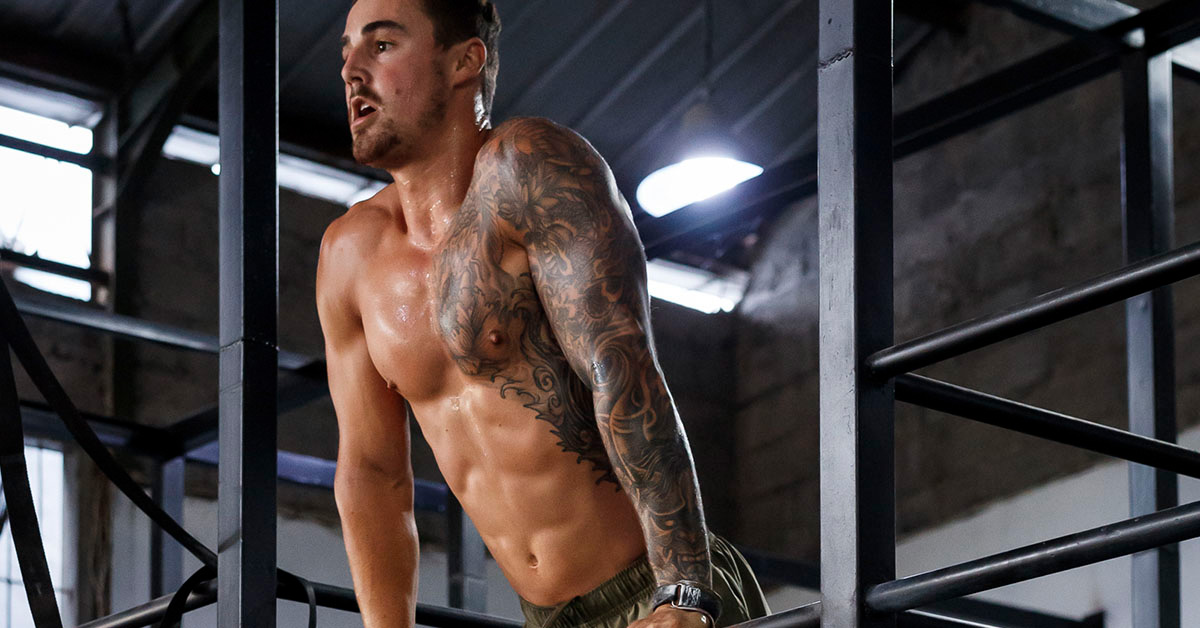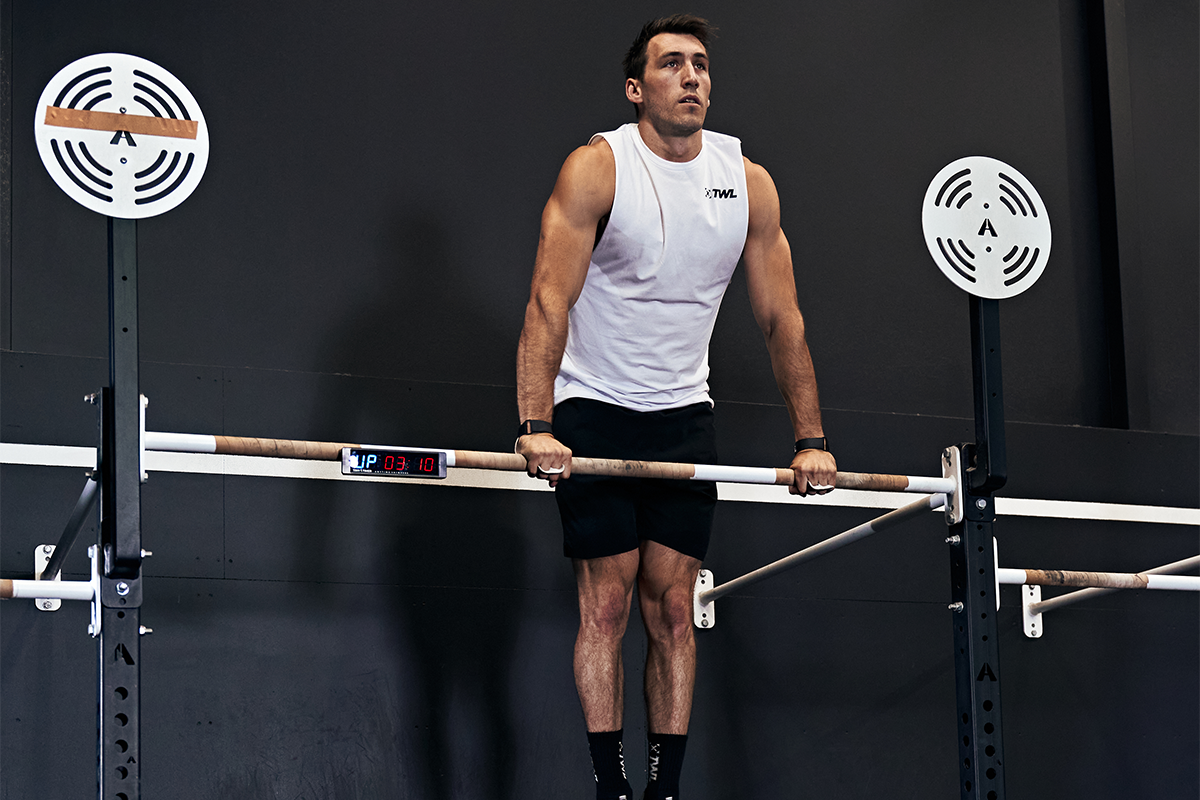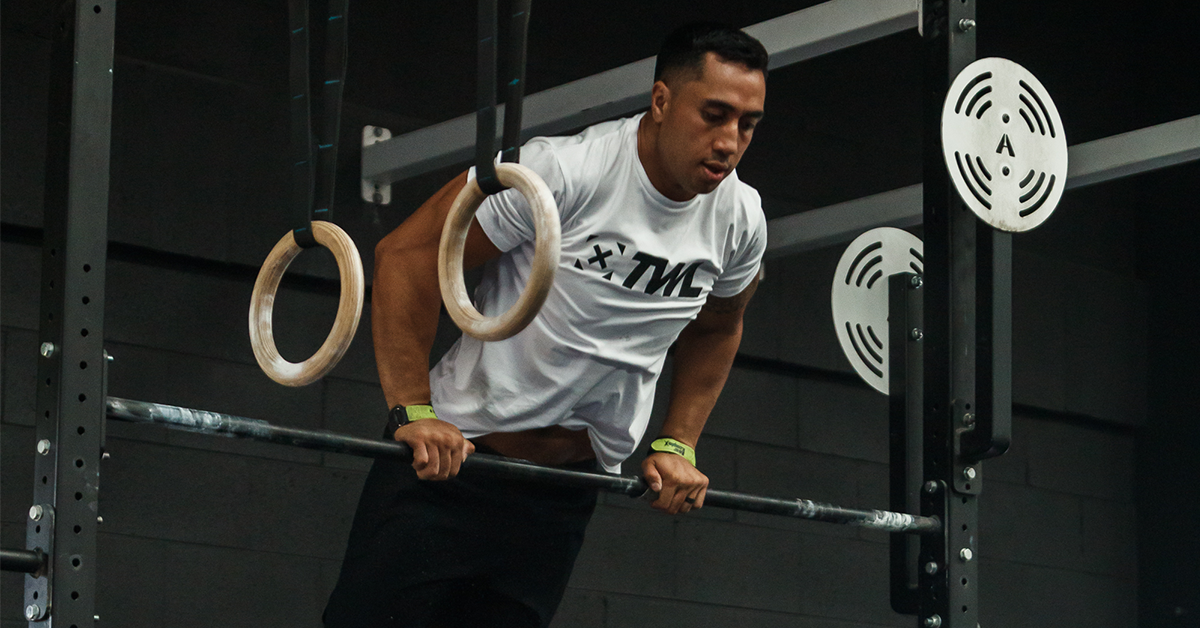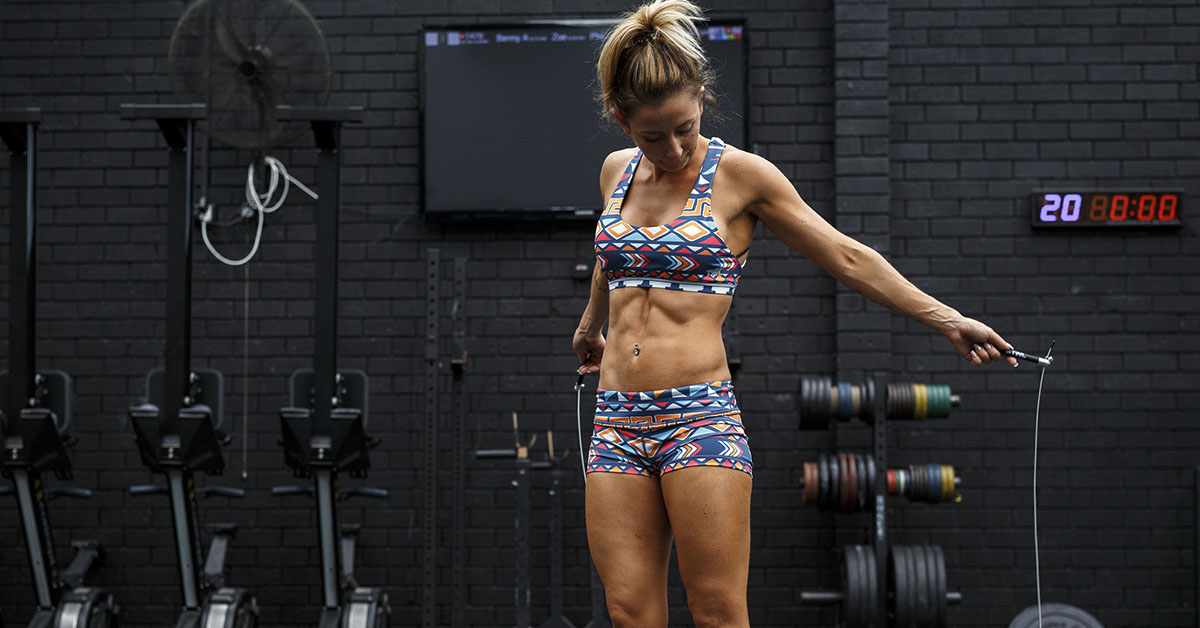The thruster, handstand walks, and toes-to-bar are movements synonymous with the sport of functional fitness. However, the bar muscle-up can make a strong case for being included in that list. When performed correctly and/or strung together, they also make for a badass looking movement to show off at your box. The bar muscle-up is a tremendous test of both strength and coordination and is also technically very challenging.
Often, however, an athlete is just told to “go for it,” without proper instruction, technique prep, or strength development. That, or an athlete will just be stuck standing under the bar questioning whether they even have the capacity.
So, how to know if you’re ready? A quick checklist includes:
- 5-10 strict pull-ups.
- 5-10 strict chest-to-bar pull-ups.
- 60-second hollow hold.
- Proficient kipping chest-to-bar pull-ups.
https://www.instagram.com/p/ByZsJPAnoqL/
Even if you can tick these boxes, it’s extremely beneficial to complete muscle-up progression drills to help develop movement patterns. Otherwise, you may find yourself flailing about making little progress.
Here are four common mistakes people make when attempting bar muscle-ups.
4 Common Bar Muscle-Up Mistakes
1. Not Using a Powerful Hip Drive
Hip drive, or hip pop, is one of the most fundamental skills to efficient and effective force production in many functional movements. The hips can create a huge amount of force when used correctly and at the right time.
Timing, however, is often the most difficult factor to master. During a bar muscle-up, after a strong kip forward, the knees begin to rise. At this point, the athlete should aggressively drive the hips up to create weightlessness on the bar and allow the body to rise with the momentum. Failure to do this will mean you are asking a lot more of your upper body to pull yourself to the requisite height. This will either lead to a failed rep or significant fatigue.
https://www.instagram.com/p/Bv5SdhNnUgi/
2. Having a Weak Hollow Position
A strong hollow body position is key to almost all gymnastics movements, whether it be handstands, toes-to-bar, or pull-ups. A weak hollow position will see a loose kip that doesn’t allow force transfer to create the weightless motion and requisite height for a bar muscle-up. It’ll also make it near impossible to string together reps.
3. Relying on the Chicken Wing
Probably the most common and easy to see mistake in a bar muscle-up is the chicken wing, or “chicken winging.” This occurs when an athlete leads with one arm, hasn’t gotten the requisite hip drive, or is death gripping the bar. (More on that in a minute.)
It can also occur because of a mistaken belief that a bar muscle-up is a pull up and under the bar, as opposed to a hinge around the bar. Focus on drilling a straight arm pull and utilising the momentum from your kip and hip drive to go around before “head-butting” through the top.
https://www.instagram.com/p/BvK0hf0n3kx/
4. Using a Death Grip
Relax your grip! How many times have you been told to do this in something like a snatch? A death grip on a barbell or gymnastics bar doesn’t allow for a natural sliding motion and causes rigidity in the rest of your upper body. Without this sliding motion in the bar muscle-up, it’s difficult for your body to be able to pop forward at the top of your kip to rest into the position ready for the dip. Death gripping is also often the cause of chicken winging and failed reps.
As is the case with ring muscle-ups, you can’t rush bar muscle-ups. First, make sure you have the necessary strength and a stable enough foundation to even attempt them. Take the necessary amount of time to truly understand master the technique. Rehearse, rehearse, rehearse. In time, you’ll be knocking out reps like a pro.
And remember, if you can’t perform them Rx’d yet, that’s okay! Scale your bar muscle-ups so that you can practise the technique and build strength, but do so in a more manageable way.
















